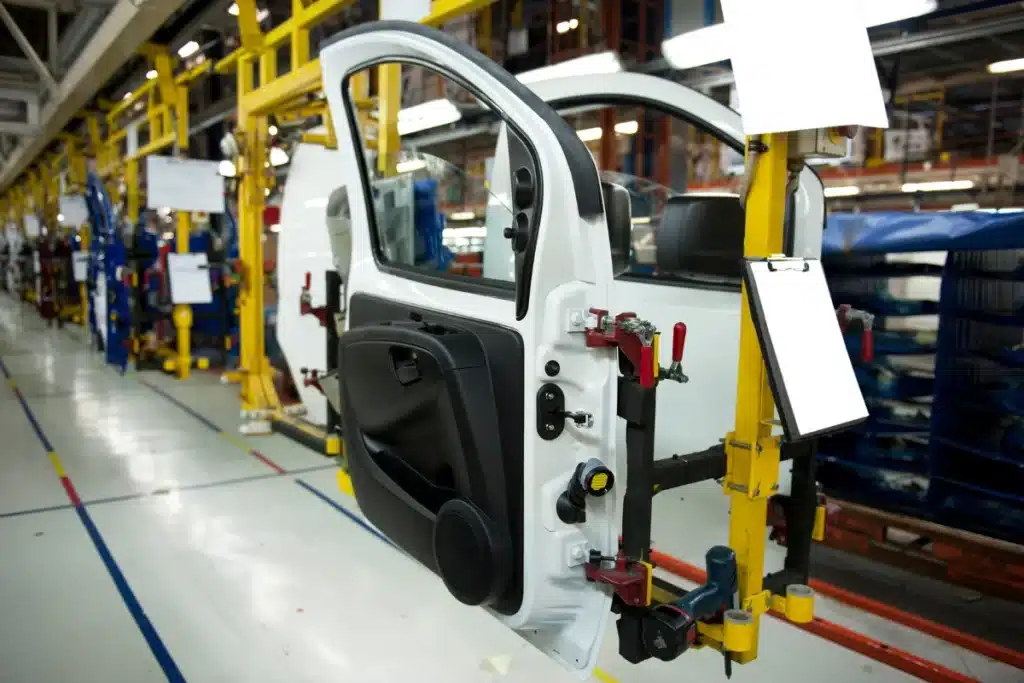From the business owner to the consumer, it seems everyone these days feels the pinch of supply chain delays. Supply chain delays are a reality, whether manufactured goods are awaiting that last silicon chip to be completed or a container of finished products is floating in wait off the Pacific coast.
While solutions to these challenges are often out of the grasp of most of us, there are some things we can do in our businesses to ease the pain.
Here are five 5 Ways to Manage Supply Chain Delays you can implement today.
Submit Purchase Orders On Time
Now, this may sound like a no-brainer, but if you can’t force delayed orders to arrive more quickly, you can at least submit your purchase orders faster. In hopes, of course, to gain a more favorable position in the queue.
Most businesses don’t intentionally drag their feet when it comes to inventory replenishment, but sometimes it can slip through the cracks. The best way to remember to place an order is not to think about it.
And, this is where automation comes in.
You can leverage clever software to keep an eye on your inventory levels, compare them to the rate at which you sell a particular SKU, forecast the time when the product will require replenishment, and automatically deploy a purchase order to your vendor. When you implement a holistic enterprise resource planning (ERP) system throughout your organization, setting up tasks like these becomes a piece of cake. And, when properly configured, the uninterrupted revenue stream resulting from maintained product supply helps to accelerate your return on investment.
Watch Sales Trends
With everyone in your organization reading from the same playbook (aka your ERP), seeing sales trends as they’re occurring in real-time can dramatically aid in managing inventory expectations. For example, if you see a spike in sales for a specific SKU, you can preemptively place new vendor orders to bolster your supply in advance of the demand.
Integrate a customer relationship management (CRM) tool with your ERP system to take this concept a step further. Your marketing folks can more easily report on products of interest where specific campaigns are making an impact. These reports will help you predict your next big sellers before anyone has even checked out.
Of course, with this knowledge, you can get ahead of future shortages. The time saved may be enough to offset the expected supply chain delays.
Maintain Accurate Inventory Controls
All the planning in the world is for naught if you don’t know how many products you have. Therefore, understanding where your sellable items are at all times is imperative.
Inventory counts begin the moment the incoming products arrive. Having the ability to scan barcodes and key in trustworthy counts will make the process move along more smoothly. When those barcode scanners submit data into a central repository, your entire company can see the updates in real time.
By tracking bin and lot numbers, you can watch the products move through your organization and out the door. In the unfortunate event of a recall, you’ll know exactly where the bad apples are so you can pull them from the bunch.
Get Automated
Once the incoming inventory is accounted for, it’s ready to fulfill orders and initiate a series of automated events.
For example, if your business relies on e-commerce sales, this would be an excellent opportunity to trigger the re-posting of product listings that were previously out-of-stock. Let’s say some customers requested notification when the item was once again available for shipping. No problem! As part of your automated workflow, once the product listing is (re)posted and designated as in stock, a series of notification emails and SMS messages is broadcast.
Taking this a step further, the promotional coupon codes and email campaigns your marketing team prepared then deployed. The pre-written social media content and filmed YouTube “how-to” videos go public shortly after.
Understanding where this particular SKU fits within your catalog, you assembled product bundles with these newly replenished and related items, now creating upsell opportunities. And, with automation, these now go live.
Provide Outstanding Customer Service
Even with the best planning, some things are simply out of your control. If you have performed each of these actions and inventory levels still fall short, the best course of action is to get ahead of the problem and communicate with your customers.
As mentioned at the start of this article, supply chain delays affect everyone, including your customers. Whether by personal experience or media coverage, most are well aware of the delays and have adjusted their expectations accordingly. The sooner you can give your customers an update, the more forgiving and flexible they are likely to be.
If you can provide an updated estimated arrival time, this is the ideal time to share this information. If there’s an opportunity to substitute the back-ordered item with another in-stock product, you may be able to turn that customer’s frown upside down. If they accept, ship it out quickly, and you may earn yourself a customer for life.
These are challenging times for the supply chain. But, know that you’re not alone, and folks like us are here to help you navigate these tricky waters.
Contact Us today if you would like to learn more about integrating an ERP platform and time-saving automation into your organization.



